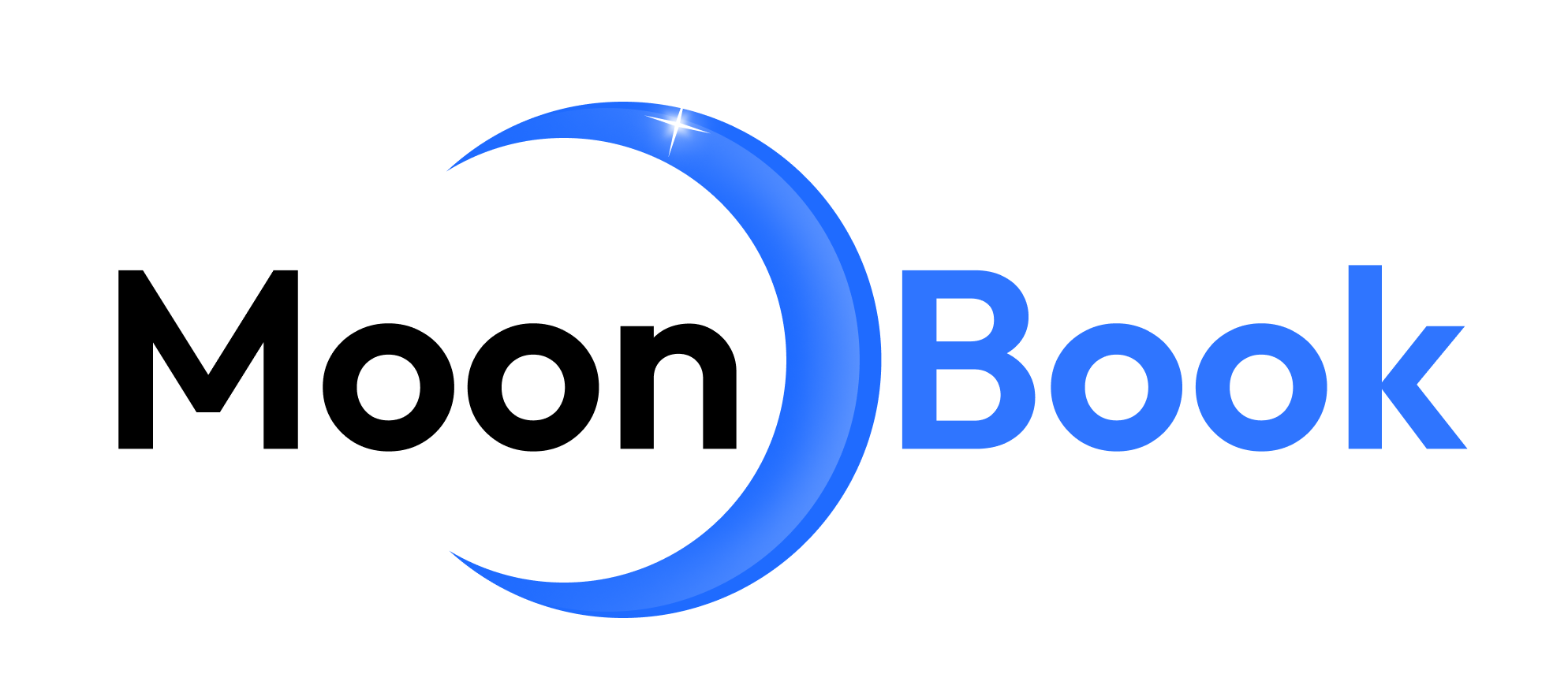The distribution of growth within the rapidly expanding School Management System market is a clear reflection of the sector's digital priorities, with market share increasingly flowing towards vendors that offer comprehensive, user-friendly, and cloud-based platforms. The market's overall expansion is being propelled by the global imperative for educational institutions to modernize, automate, and become more data-centric. A detailed analysis of the School Management System Market Growth Share by Company indicates that growth is not being shared equally among all participants. Instead, it is disproportionately being captured by companies that have successfully transitioned to a Software-as-a-Service (SaaS) model and that offer a unified platform covering a wide range of administrative and academic functions. These high-growth players are successfully differentiating themselves by moving beyond the traditional, siloed Student Information System (SIS) to provide an integrated experience that connects administrators, teachers, parents, and students on a single, cohesive platform, thereby delivering a more powerful and demonstrable value proposition.
Several key factors are determining which companies are succeeding in the race for market share growth. The most significant driver is the ability to offer a truly "all-in-one" solution. Schools and districts are increasingly seeking to reduce vendor complexity and are showing a strong preference for a single platform that can manage admissions, enrollment, billing and tuition, student information, grading, attendance, and parent communication. Companies that have successfully bundled these modules into a single, seamlessly integrated offering are winning larger deals and displacing multiple point solutions. Another critical growth engine is the quality of the user experience, particularly through mobile applications. In an era where parents expect real-time updates on their children's progress, a powerful and intuitive parent-teacher communication app is no longer a feature but a necessity. Vendors who provide a superior mobile experience for parents, enabling them to check grades, attendance, and messages on the go, are seeing significantly higher adoption and customer satisfaction, which directly translates to market share growth.
Looking ahead, the battle for future market share growth will be increasingly fought on the frontiers of data analytics and ecosystem integration. The ability to provide school administrators with powerful, easy-to-use analytics dashboards that offer insights into enrollment trends, student performance, and financial health is becoming a key competitive differentiator. The School Management System market size is projected to grow USD 89.0 Billion by 2032, exhibiting a CAGR of 17.2% during the forecast period 2024 - 2032. Vendors who can help schools use their own data to make better strategic decisions will have a distinct advantage. Furthermore, growth will be captured by providers who build a robust and open ecosystem of integrations. The ability to seamlessly connect the core School Management System with a wide array of other EdTech tools—such as third-party learning management systems, assessment platforms, and digital content libraries—is essential. This "platform" strategy creates a stickier product and a more valuable proposition for schools seeking to build a flexible and future-proof technology stack.
Top Trending Reports -



